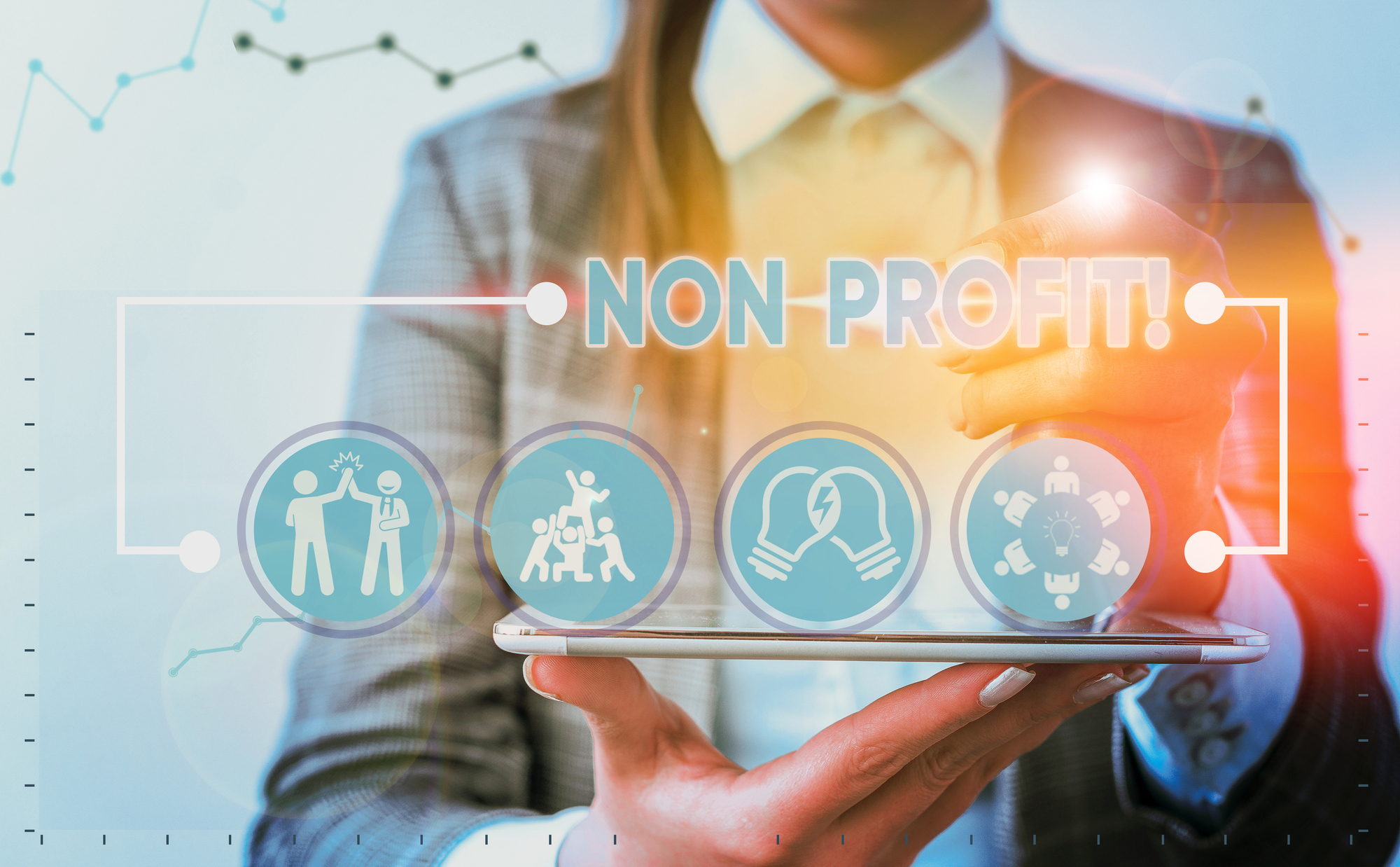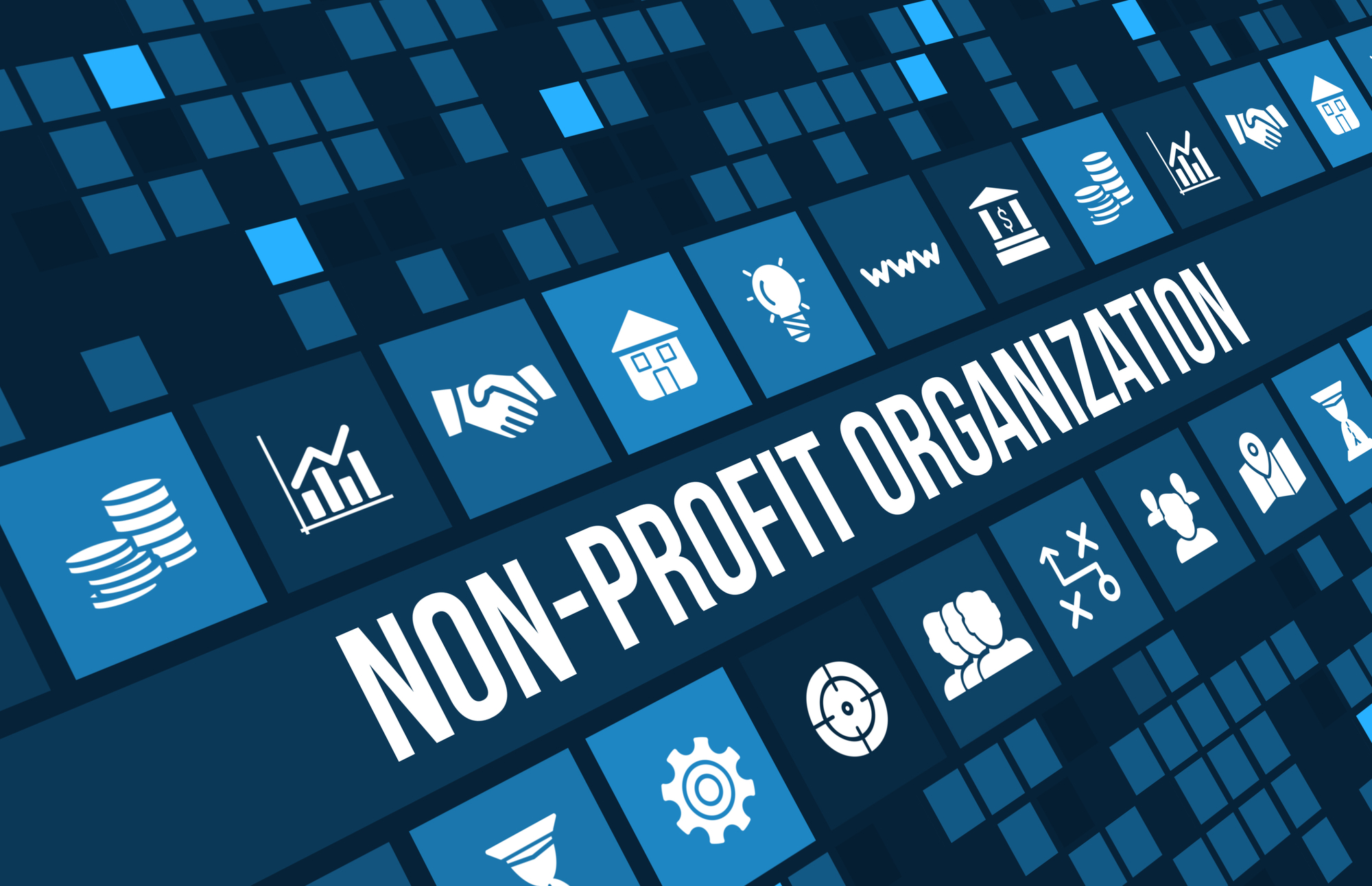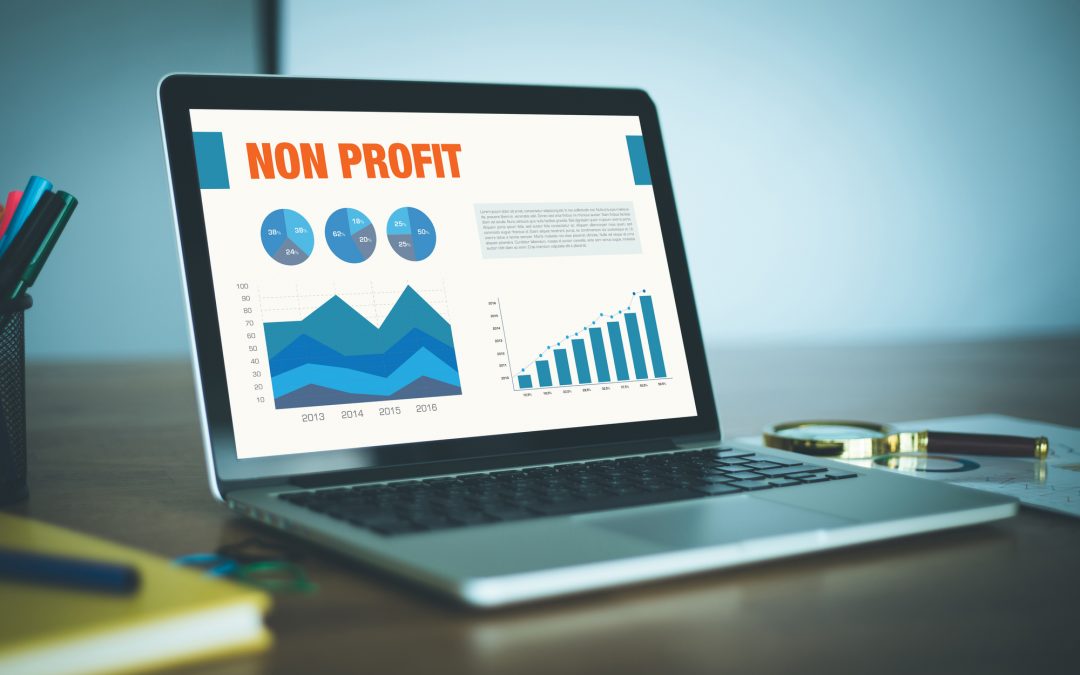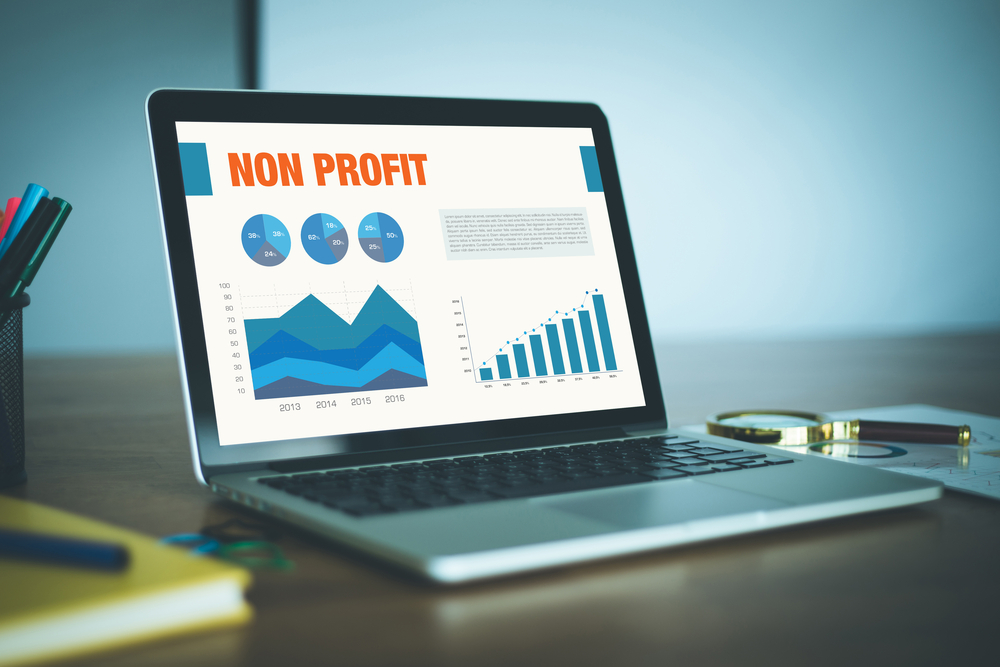Nonprofit Cybersecurity Risks: Why Nonprofits are at Higher Risk for Harmful Cyberattacks
Any firm that operates online in the modern world is theoretically vulnerable to cyberattacks.
Such attacks may damage firms’ reputations, create financial losses and data loss, and even become so serious that the attacked companies must shut down as a result of the harm they have done. Hacking is not any less likely to happen to nonprofit organizations. But on the other hand, they might run a higher risk for a variety of reasons.

Not Enough is Done to Prepare Nonprofits for Attacks
According to a 2016 survey, 66% of the organizations questioned had no plans to boost their budgets for data protection.
In addition, almost half of the respondents said they hadn’t reviewed their online risk factors in the previous year.
Additionally, NGOs frequently underestimate the costs of being forced to temporarily close their doors as a result of cyberattacks. People won’t be able to discover them in Google searches if their websites are taken down, and they could be hesitant to donate money after learning about Vulnerabilities or other noprofit cybersecurity risks.
In the event of a ransomware attack, nonprofits may also find themselves in the difficult position of having to decide whether to accede to the demands of the hackers to recover their files. If they choose to pay a fee in the hopes of getting the records, the expenses will probably put a strain on their finances. Or, by trying to restore lost files, they can waste time and become less productive.
Nonprofits may not feel compelled to direct their funds to cybersecurity
According to information from the 2016 NetDiligence Cyber Claims research, over 12,000 records were typically taken in a nonprofit incident. This figure demonstrates that charitable organizations may be in for a surprise if they think hackers won’t cause much harm during an attack or, worse, if they think cybercriminals won’t target them.
However, a lot of NGOs are cash-strapped and want to use every possible measure to carry out their organizations’ aims. Because of this mentality, cybersecurity may not be taken into account when they develop their annual budgets.
Only 26% of NGOs achieved break-even financing in 2017, according to the Nonprofit Finance Fund’s 2018 State of the Nonprofit Sector Survey. Additionally, it demonstrated a growing skepticism regarding this year’s ability to meet the demands of service customers. These two factors imply that nonprofit organizations might not feel motivated to engage in cybersecurity before it becomes too late.
Nonprofits frequently struggle to meet the needs of human resources
Nonprofit organizations usually have minimal staff and may not have an on-site IT team. Positively, several companies that serve the charity sector provide safe software solutions to address demands like volunteer management. Maintaining software updates and selecting security-conscious providers are the greatest options for NGOs who are unable to afford to employ full-time IT specialists.
Another option that can satisfy the need for IT specialists at NGOs is outsourcing.
In any event, the lack of employees implies that individuals frequently play multiple roles. It’s not hard to envision how a team that is already busy during an incident could become considerably busier if they need to work together to recover files or even get back on track.
One of the people who assisted with the file recovery process when Little Red Door, a charity organization from Indiana, was hacked was undergoing chemotherapy for breast cancer at the time. She maintained her positive outlook throughout the ordeal, but she was a living example of the effort required to recover from a cyberattack.
Nonprofit organizations don’t think they have valuable data.
However, keep in mind that since most NGOs take donations, their credit card information is probably on file with them. Even if hackers gain access to less valuable data like emails, they may spam their victims with advertisements, phishing scams, and other types of unwelcome emails. A cyberattack could be more likely if nonprofit organizations hold the simplistic but dangerous belief that they do not possess data that hackers could use against them. This is especially true if organizations lack knowledge of best practices for protecting their data from nonprofit cybersecurity risks.
What typical online dangers exist for nonprofits?
Organizations should be on the lookout for a few specific nonprofit cybersecurity risks, although attacks and threats can vary.
1. Theft of Data
Nonprofits, as we’ve already established, have a wealth of data, whether it’s in their donor record or email system.
Nonprofits are particularly at risk from data theft due to database security flaws. The risky aspect of data breaches is that both employees and hackers can commit them. Both permitted, and illegal access might result in data theft.
The information may get into the wrong hands and be used for harmful purposes like data leaks, data sales, and constituent compromise. A data theft incident will negatively impact your nonprofit’s reputation as well as the reputation of your entire organization.
2. Ransomware
Data theft is comparable to ransomware, but it occurs through software rather than a person-to-person breach. Until the hacker who initiated the ransomware agrees to let your data be released, ransomware will breach your network and encrypt data. Your data is essentially taken captive and stolen by it. Typically, the hacker demands payment in exchange for the data or simply takes it and leaves.
According to statistics from data companies like Kaseya, along with other nonprofit cybersecurity risks, ransomware attacks are increasing. Some have suggested this may be related to the rise in cryptocurrency use.
3. Forced downtime
Even while forced downtime doesn’t appear to be intentionally taking data, a nonprofit can nonetheless be seriously compromised.
When you force downtime, things like your website hosting go offline, and your nonprofit’s operations come to a complete stop. Missed donations, information that is more difficult to get, or scheduling issues for volunteers could all come from this. Being prepared for the worst requires NGOs to have a secure website.
Hacks aren’t usually immediately apparent. There are subtle hacks. Malware, phishing, strange activity, SQL, denial of service, and other threats are just a few examples. How, therefore, should organizations get ready for these nonprofit cybersecurity risks?
It’s Time For a New Mindset
Nonprofits are frequently at a relatively high risk of being targeted by hackers for a variety of reasons, including the ones mentioned above. However, they draw attention to how frequently nonprofits make assumptions that don’t line up with the data. After hackers plan attacks, those incorrect judgments could leave firms in ruins.
Representatives of nonprofits must take steps to change their perspectives and recognize that organizations need to prioritize cybersecurity immediately and prepare for the various nonprofit cybersecurity risks.









